The Java 13 multi line text block facility with """ delimiters is becoming well known.
However I have a recurring need where I need entire paragraphs without the embedded newlines.
In other words, the following code snippet:
String paragraph =
"""
aaaa bbbb cccc
dddd eeee ffff
gggg hhhh iiii
""";
System.out.println(paragraph);
produces the following, as you'd expect:
aaaa bbbb cccc
dddd eeee ffff
gggg hhhh iiii
...which is usually tremendously useful. However in my case, for particularly large paragraphs I need it to produce this:
aaaa bbbb cccc dddd eeee ffff gggg hhhh iiii
(....and deal with text flow later.)
Is there a way to establish a "no-newline" parameter for the triple-quote feature?
